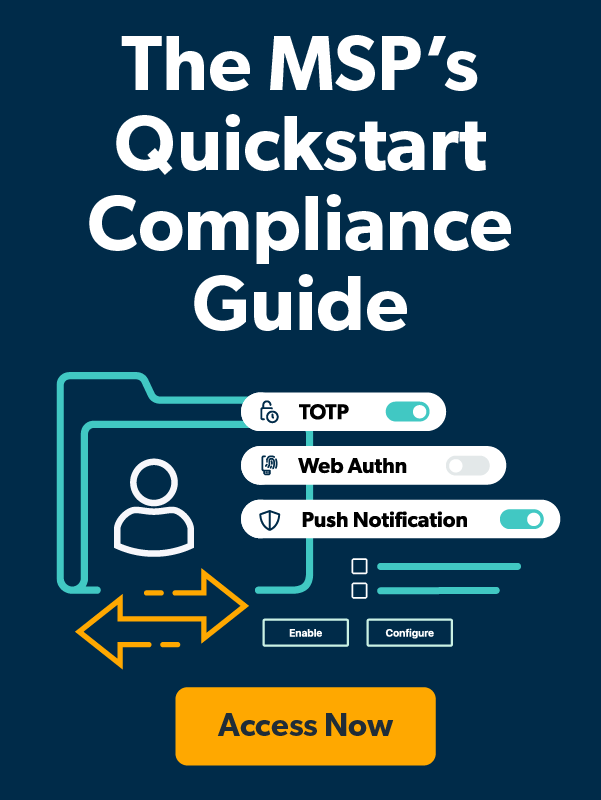With the introduction of PCI DSS 4.0.1, MSPs and IT professionals are at the forefront of ensuring compliance. The stakes are high—non-compliance can lead to breaches, financial penalties, and ultimately loss of trust. This article will break down what you need to know and how you can get ahead of these changes.
Understanding the 2025 PCI 4.01 Update
In a move to strengthen payment card data security and align with global standards, the PCI Security Standards Council introduced PCI DSS 4.0.1. This update is not a complete overhaul but rather a refinement of PCI DSS 4.0, addressing feedback from stakeholders and clarifying several requirements that may have caused confusion.
Key clarifications include:
- Client-Side Security Requirements: The new update clarifies that while merchants are responsible for scripts running on their own pages, those running on PSP/TPSP iframes fall under the vendor’s responsibility. This ensures a clear division of duties, minimizing the risk of oversight.
- HTTP Headers and Scripts: Requirement 11.6.1 highlights the emphasis on systems impacting security, focusing on risks rather than broad protection for any HTTP header and script incidents.
The High Stakes of Non-Compliance
Failing to meet the guidelines within the stipulated timelines—by March 31, 2025—leaves your clients exposed to non-compliance risks, such as data breaches and hefty fines. It’s not just about ticking boxes; it’s about safeguarding sensitive data and maintaining client trust.
The most pressing challenge is ensuring that your clients understand their responsibilities and the potential repercussions of non-compliance. This includes navigating the complexities around script management and the new DMARC requirements, a critical measure to authenticate emails and prevent phishing attacks.
How MSPs Can Navigate the Compliance Landscape
1. Educate and Empower Your Clients
Start by educating your clients on the implications of PCI DSS 4.0.1. Break down the requirements into actionable steps and ensure they understand their responsibilities, particularly in managing scripts and HTTP headers. By providing them with knowledge, you strengthen their defenses against potential threats.
2. Leverage JumpCloud for Streamlined Compliance
JumpCloud offers a seamless way to align with many PCI DSS requirements. Its features, such as Zero Trust security, provide a strong baseline for compliance, making adherence to PCI standards less burdensome.
With JumpCloud, you can control which traffic accesses your clients’ sensitive data environments. You can set rules to deny all access unless users are part of a specific group, meeting PCI Requirement 1.3.
3. Proactively Monitor and Adapt
Begin by auditing your client environments now. Monitor their adherence to the updated requirements and offer solutions to address potential gaps. Being proactive positions you as a trusted advisor rather than a reactive technician.
PCI DSS 4.01 Is an Opportunity for Leadership
The 2025 PCI 4.01 update is not just a regulatory hurdle—it’s a chance for MSPs to demonstrate leadership. By guiding your clients through compliance changes, you’re not only safeguarding their businesses but also positioning yourself as a key player in their success.
Familiarize yourself with JumpCloud’s offerings and see how it can seamlessly integrate with your compliance strategies. Your role as an MSP is more critical than ever, and the right tools can elevate your impact. Learn more about JumpCloud for MSPs and check out our MSP Quickstart Compliance Guide for additional compliance resources with valuable insights and actionable tips.




